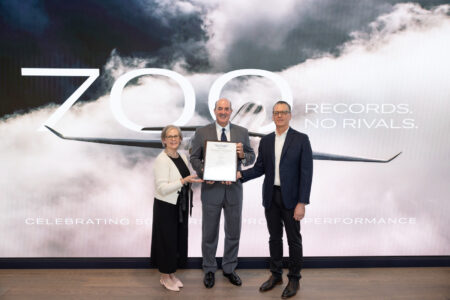The Aircraft Electronics Association (AEA), American Helicopter Society International (AHS), General Aviation Manufacturers Association (GAMA), and Helicopter Association International (HAI) have welcomed the FAA’s acceptance of industry recommendations to propose an alternative acceptable means of compliance for single-engine helicopters to meet Instrument Flight Rules (IFR) certification requirements for Part 27 rotorcraft.
In his response to an industry whitepaper submitted in 2015, Lance Gant, manager of the Rotorcraft Directorate, wrote that the FAA “has begun the process of adopting some of the concepts and recommendations of the whitepaper into a proposed Safety Continuum for Part 27 Systems and Equipment Policy Statement.” Gant noted that the proposed policy statement, which the FAA expects to release for public comment by December, will create “classes” of Part 27 rotorcraft up to 7,000 lbs based on factors including weight and passenger capacity.
The recommendations came after 18 months of collaboration among aircraft and avionics manufacturers, operators and industry safety experts, and was cosigned by senior leadership from AEA, AHS, GAMA, and HAI. They addressed issues, such as reducing the cost and complexity of certifying single-engine rotorcraft, which the industry views as key to increasing the number of IFR operations and improving safety.
One of the longstanding concerns within the industry is that the current means of compliance with Advisory Circular 27-1 is viewed as an impediment to single-engine IFR certification due to requirements that essentially make routine single-engine certification economically impractical in spite of obvious safety benefits.
“We are very pleased that the FAA is moving forward to make it easier for general aviation manufacturers to provide IFR capability for Part 27 single-engine rotorcraft,” said GAMA president and CEO Pete Bunce. “This change will better enable equipage of safety-enhancing technology in Part 27 rotorcraft, similar to the improvements we are supporting for Part 23 airplanes. It will also reduce certification times and costs for rotorcraft operators and manufacturers, and we look forward to seeing these alternate methods of compliance being put into place quickly.”




